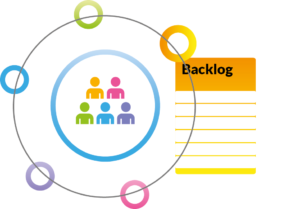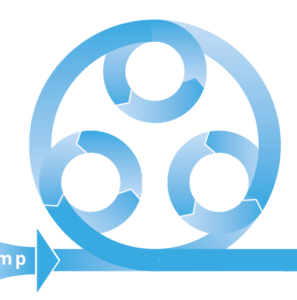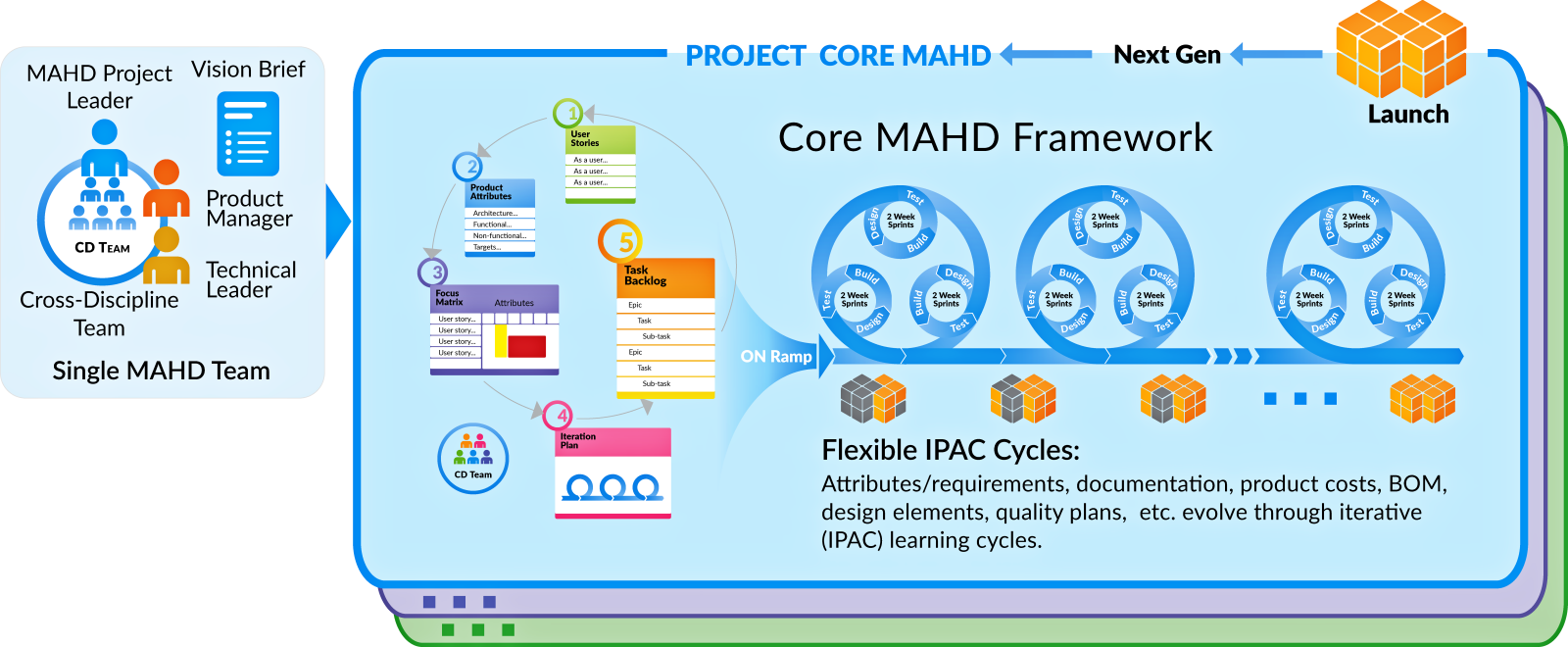The primary focus of the MAHD Framework Core is to effectively manage development projects from concept to launch while adhering to Agile principles. To meet the needs of hardware development, the MAHD core provides specific methods and tactics to:
The MAHD Framework Core provides specific tactics to reinforce agile principles while guiding execution. The framework can be scaled to manage projects ranging from simple cost reductions to complex systems.
Teams use short learning and execution cycles to continuously prioritize work and track progress.

By a relentless focus on customers needs and the related attributes, teams identify more valuable and innovative solutions.

Through clear IPAC Iteration milestones, teams demonstrate progress, reduce risk and validate technical and customer assumptions.

MAHD Teams provide the foundation for agile success. Teams typically consist of 6-12 developers focused on either a sub-system of the solution or a specific discipline. They are lead by key roles:
The MAHD On-ramp starts with short Agile Project Vision document and includes five collaborative activities designed to get a project started with clear focus and ready for execution success:
Once a team completes the MAHD On-ramp steps, typically within a couple of months, they are ready to execute sprints toward hitting Iteration milestones.
With each Iteration, the teams demonstrate progress, gain valuable feedback and adapt to new information as they plan for the next Iteration.
As the project nears completion, Iterations begin to focus more on launch and production activities. Designs are frozen and key strategic decisions have been made throughout the agile process.
At the center of the core MAHD Framework are IPAC Iterations. An IPAC Iteration is a development and learning cycle comprised of one or more 2- week sprints (typically 3-4 sprints are executed in one Iteration, but can be highly variable). During Iteration Planning, the team determines the length and goals of the Iteration and considers at least these four IPAC objectives:![]()
Successful IPAC Iterations are the best indication of overall project success as the team is demonstrating their ability to consistently set and hit key milestones, remove risk and focus on project priorities.


Product development is accomplished with specific learning and demonstration milestones as determined by the team. With each Iteration, the team asks, “What do we need to learn next to deliver project success?”

During iteration planning, teams identify important IPAC milestones and determine the number of sprints necessary to achieve the goals. This accounts for lead times and dependencies while staying agile.

Each MAHD Team, based on sub-systems of your solution or key disciplines, work toward Iteration goals in short execution cycles (sprints). They adapt to new information with each sprint.

At the end of each Iteration, the team assesses results, demonstrates progress, gets valuable feedback and plans the next Iteration goals. Designs are refined and locked down as the product moves toward production.
The Core MAHD Framework provides the basis for project excellence using agile methods and tactics. As teams build agile skills and develop agile mindsets, the organization can build on success to apply agile methods to manage sustaining engineering efforts, product portfolios and innovation initiatives.
The Complete MAHD Framework provides the governance and methods to manage the entire product development process from product selection to customer service.
Learn more about the Complete MAHD Framework by clicking below.
Many companies desire the benefits of Agile and have even tried directly applying Agile for SW methods to hardware-based product efforts with limited success. To learn more about the MAHD Framework, and how it can accelerate your NPD efforts, download the Intro to MAHD e-book or contact us to schedule a discussion of your situation.
Download the Introduction to MAHD E-book to learn about the key elements of the MAHD Framework including how to initiate projects, the MAHD On-ramp and tips to get started going MAHD.
The fastest way to learn if MAHD is right for you is to request a 45-minute overview and discussion of your situation. Whether you currently use Stage-Gate, Lean, SAFe or other methods, we can help you quickly learn the unique benefits of the MAHD Framework.
Going MAHD Newsletter
Get the latest articles and resources delivered directly to your email.
© 2023 MAHD Framework, LLC